On this page you will find all the German Euro Coins, their characteristics and their value. The Euro coins from Germany officially enter into force in 2002.
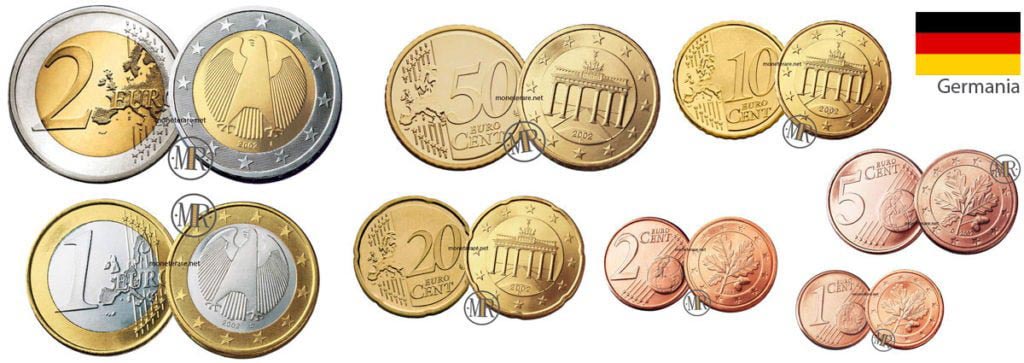
Before Euro Coins
The euro was preceded by the Mark, which has been the de facto symbol of this state since 1891.
The Mark was successfully integrated into the country and was initially minted in silver. The first problems were encountered after the war, particularly after the First World War, as it suffered a strong devaluation that lasted for a long time.
It was a dark period, in fact the coins were no longer used but were used banknotes of increasing denomination. These banknotes were known as Papiermarks.
The Reichmark was the answer to this situation. In fact, this currency was issued with the aim of restoring the monetary situation of the country, to stop the devaluation.
Compared to Papiermark, the exchange ratio was really incredible, we are talking about a ratio of 1:1,000,000,000,000,000. This currency remained in circulation until 1948.
At the end of the Second World War, Germany was subject to many changes. Geographically, too, it underwent a split, resulting in two separate states. Historical changes that, inevitably, also affected the German monetary system.
In the Federal Republic of Germany, the German Mark was adopted as the currency, unlike the German Democratic Republic, which instead coined the similar currency called “Mark of the German Democratic Republic”.
This monetary division ended in 1990. With reunification, the German Mark became the official currency of the country.
In the Euro Era
To date, Germany has minted the Euro in several mints. At present, five of them are still active, but in the past there have also been others.
The different mints imprint a letter on the coins indicating precisely which mint it comes from. In particular:
- A – Mint of Berlin – Staatliche Münze Berlin
- D – Mint of Munich – Bayerisches Hauptmünzamt
- F – Mint of Stuttgart – Staatliche Münze Baden-Württemberg
- G – Mint of Karlsruhe – Staatliche Münze Baden-Württemberg
- J – Minf of Hamburg – Hamburgische Münze
The Mint has its own story, too. In particular, the Staatliche Münze Baden-Württemberg Mint is the result of the merger of the Karlsruhe and Stuttgart mints in 1998.
Independently of the combination, the two mints maintained their respective identification letters: namely F for Stockholm and G for Karlsruhe.
The National Symbol of this State present on all coins is the letter D, which stands for Deutschland.
By making a summary subdivision, the red hundredths all present the same image on the Straight side of the coin. Image created by Rolf Ledenborger.
As for the yellow cents they also, in turn, share the same design and the author in this case is Rehinard Heinsdorff.
The same is true for the Euro Bimetallic, which presents both 1 and 2 Euro the same image, designed by the authors Heinz Hoyer and Sneschana Russewa-Hoyer.
Let’s analyze specifically what they represent and what is the meaning of these drawings.
1 Cent German Euro Coins
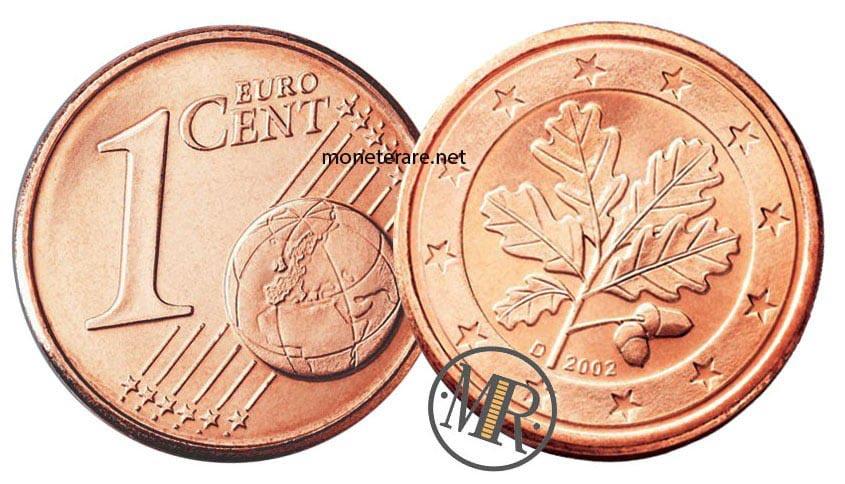
The 1 cent Euro Germany is the smallest denomination in this state.
On the reverse side we find the common face of all the 1-cent coins of the countries belonging to the Euro zone.
On the other hand, as far as the Obverse side is concerned, it should be noted that at the centre of the coin there is an oak branch.
The image of the oak was taken from the copper Pfenning in use until 2001.
This drawing has been reproduced because it is the symbol of the oak tree. That particular type of tree represented justice for the ancient Germans. The twig has six twigs, five of which are occupied by leaves, all of different sizes. An exception to this is the last one at the bottom left, which has two acorns, a larger one and a smaller one.
Moreover, its meaning is very profound for the Germans, as it is considered a symbol of power, longevity, solidity and majesty.
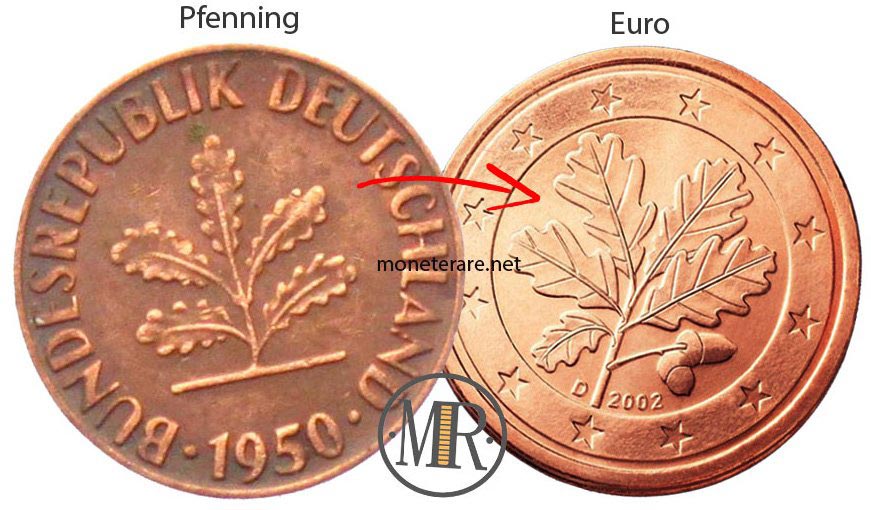
At the base of the branch is engraved the thousandth of a coinage and the mint mark. This design is framed by 12 five-pointed stars, the symbol of the European Union.
Specifications of the 1 cent German Euro coin
- Materials: Copper-plated steel (steel 94.35 – copper 5.65)
- Thickness: 1.67 mm
- Weight: 2.3 g
- Diameter: 16.25 mm
- Outline: Smooth
- Engraver: Rolf Ledenborger
Value and Circulation of the 1 cent German Euro coin
2 Cents German Euro Coins
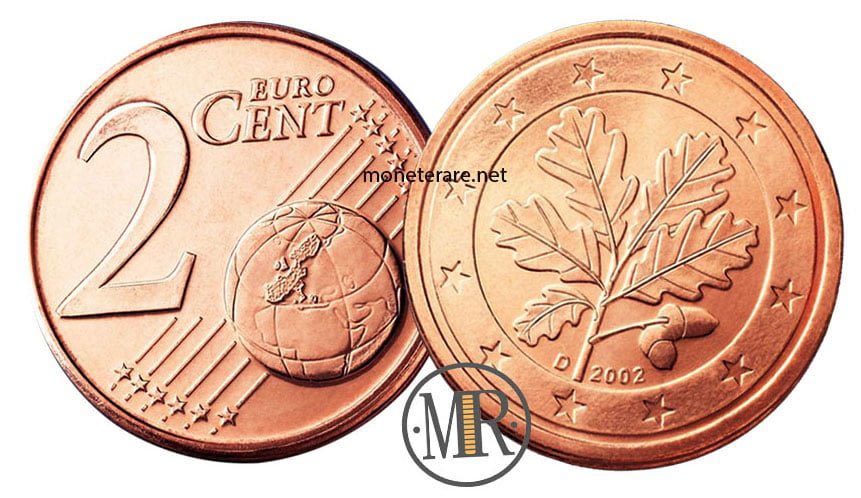
Towards the 2 Eurocents Germany there is the face that they have in common all the 2 cents of the countries of the Eurozone.
As with the 1-cent coin, the 2 German cents have the same image on the Straight. Therefore at the center is represented an oak branch, image already present in the previous monetization.
At the bottom is the year of minting preceded by the mint mark, indicated by the following letters: A, D, F, G, J. Each of them refers to one of the following five locations: Berlin, Munich, Stuttgart, Karlsruhe, Hamburg.
On the outside there are 12 five-pointed stars, symbol of the European Union.
Specifications of the 2 cent German euro coins
- Materials: Copper-plated steel (steel 94.35% – copper 5.65%)
- Thickness: 1.67 mm
- Weight: 3.06 g
- Diameter: 18.75 mm
- Side dish: Smooth
- Engraver: Rolf Ledenborger
Value and Circulation of the 2 cent German Euro coin
5 Cents German Euro Coins
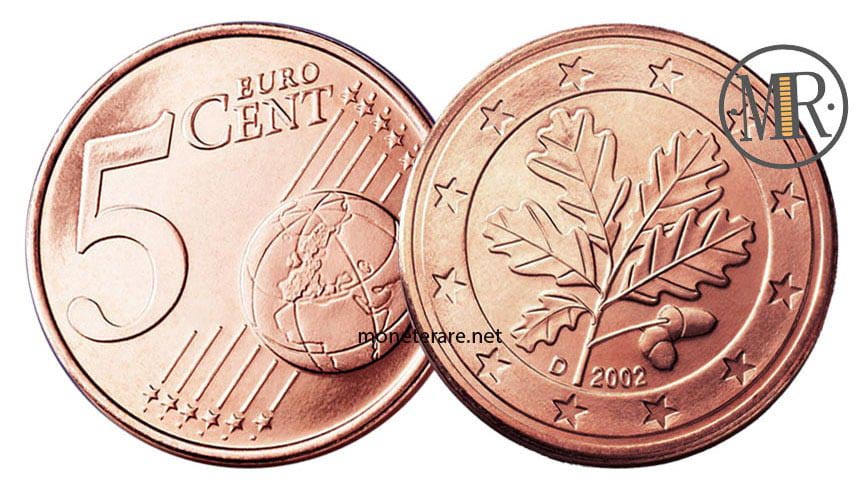
Finally, we have the 5 Euro cents from Germany, with which we end the last red cents.
On the reverso there is the typical common face of all the 5 European cents.
On the other hand, on the obverse side there is always the image of an oak branch, symbol of the German nation which is identical to that reported in the cents described above.
At the base and sides of the twig, respectively on the right and left are the mint mark, which is different in each coin according to which is the seat in which it was minted, and the thousandth of a coin.
A circle of 12 five-pointed stars encloses this image, which symbolises the European Union.
Specifications of the 5 cent German Euro coin
- Materials: Copper-plated steel (copper 94,35 % – copper 5,65 %)
- Thickness: 1.67 mm
- Weight: 3.92 g
- Diameter: 21.25 mm
- Side dish: Smooth
- Engraver: Rolf Ledenborger
Value and Circulation of the 5 cent German Euro coins
10 Cents German Euro Coins
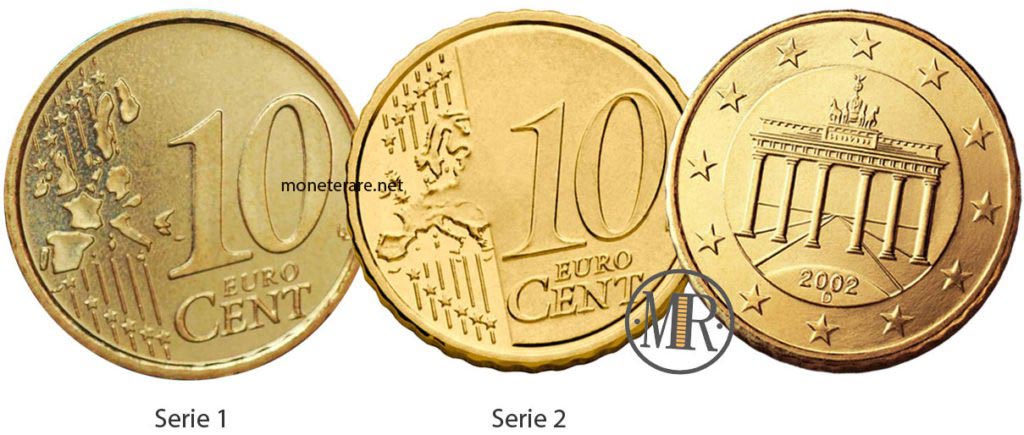
The 10 cents German Euro Coin are the first and smallest “yellow” cents.
The famous Brandenburg Gate has been represented on the obverse of this coin. This gate is the symbol of the reunification of the two Germanies.
You can immediately notice the refined details of this image, such as the lines that go towards the focal point, giving a sense of depth to the drawing.
The perspective emphasizes the opening of the access door to the city to underline the idea of unity between Germany and Europe.
At the base of the pillars, in the center, is placed the thousandth of minting and, below that, the mint sign relating to one of the 5 different locations in which the currencies are minted.
This image is framed by 12 five-pointed stars, symbolising the European Union.
Instead, on the other side of the coin, i.e. on the reverse side, these cents have the same common face as the euro coins with the inscription 10 cents.
The first series is the one from 2002 to 2006 with the Eurozone countries separated. Instead, the Second Series is the one that runs from 2007 to the present day with a map of unified countries without borders.
Specifications of the 10 cent German Euro coin
- Materials: Nordic Gold (copper 89% – aluminium 5% – zinc 5% – tin 1%)
- Thickness: 1.93 mm
- Weight: 4.1 g
- Diameter: 19.75 mm
- Outline: Rowed with thick knurling
- Engraver: Rehinard Heinsdorff
Value and Circulation of the 10 cent German Euro coin
20 Cents German Euro Coins
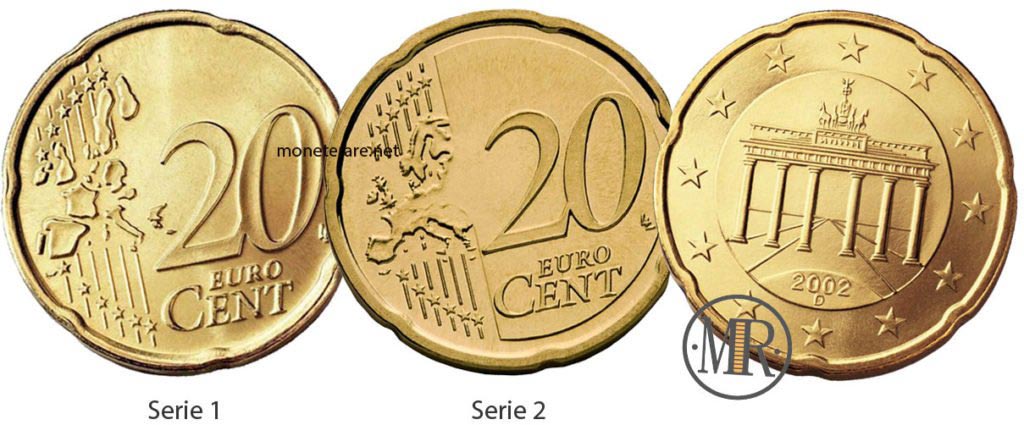
The 20 Eurocents for Germany also feature the symbol of the reunification of East Germany and West Germany in the Straight. This symbol is the Brandenburg Gate, in the centre of the coin.
This structure was chosen because, during the Cold War, it was located in East Berlin, near the wall that divided this state from 1961 to 1989.
At the foot of the door, the thousandth of minting and the tick mark (A, D, F, G, J), one on top of the other, have been engraved very close together.
The outer edge is engraved with 12 five-pointed stars representing the European Union.
On the reverse, on the other hand, there is the common image of all the 20 cents of the coins of the countries of the Euro zone. The First Series starts from 2002 until 2006 and presents the Eurozone countries all separately. The Second Series starts from 2007 and the map is with the unified countries.
Specifications of the 20 cent German Euro coin
Materials: Nordic Gold (copper 89% – aluminium 5% – zinc 5% – tin 1%)
Thickness: 2.14 mm
Weight: 5,74 g
Diameter: 22.25 mm
Outline: Wide knurling
Engraver: Rehinard Heinsdorff
Value and Circulation of the 20 cent German Euro coin
50 Cent German Euro Coins
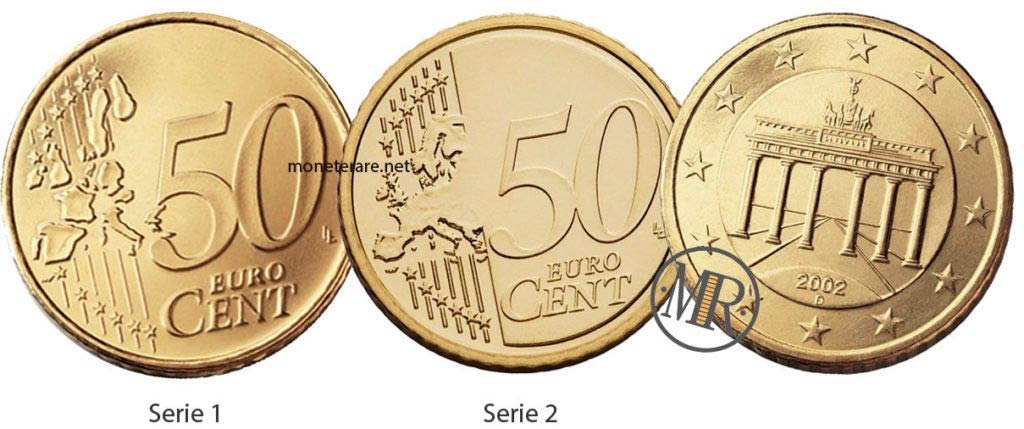
The 50 cents German Euro Coin are the last of the three “yellow” cents.
On the reverse, as in all 50 cents, you will find the face that is common to all coins with this currency. The First Series of these coins runs from 2002 to 2006 and is characterized by the map of the countries of the Euro zone separated from each other. The Second Series has the map with the unified countries and starts from 2007.
On the Straight side we find the image common to the previous hundredths described above, that is the representation of the Brandenburg Gate.
The structure in question has six columns on the top of which was placed a quadriga, or four horses that pull the goddess of peace.
Under these columns are engraved the thousandth of minting and below again the mint mark, represented by a letter. Letter that is always different ( A, D, F, G, J ) according to the place where the coin was minted.
On the outside, there are 12 five-pointed stars in a circle, which are the symbol of the European Union.
Specifications of the 50 cent German Euro coins
- Materials: Nordic Gold (copper 89% – aluminium 5% – zinc 5% – tin 1%)
- Thickness: 2.38 mm
- Weight: 7.80 g
- Diameter: 24.25 mm
- Outline: Rowed with thick knurling
- Engraver: Rehinard Heinsdorff
Value and Circulation of the 50 cent German Euro coin
1 Euro German Coin
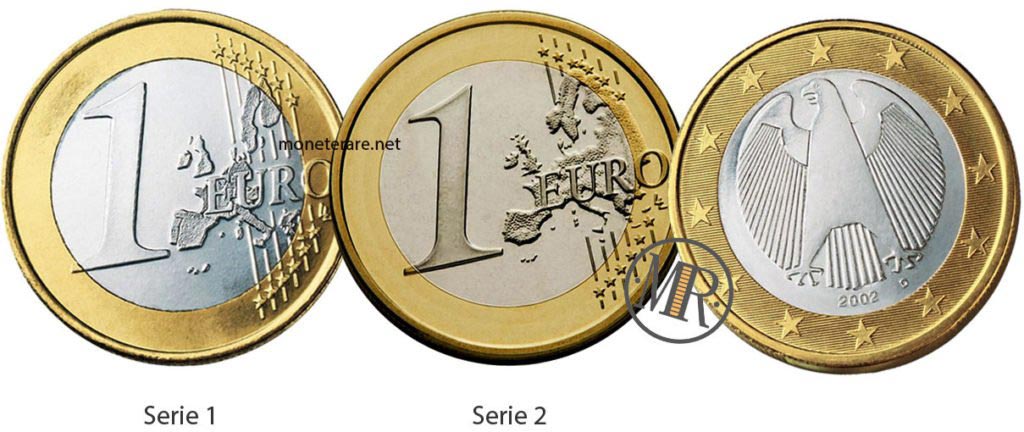
The 1 euro German Coin is the two-tone, bimetallic coin with the lowest value.
In the centre of the Obverse there is the imposing Eagle, a symbol of German sovereignty with spread wings.
Under the bird, in the centre, has been engraved the thousandth of minting and, close to it, under the paw with the claws out, the mint sign (A, D, F, G, J).
On the outer edge, which has a different colour from the centre of the coin, there are 12 five-pointed stars and a symbol of the European Union.
On the other hand, on the Verso, there is the common face of all the 1 Euro coins of the countries belonging to the Euro zone. In the First Series, the one from 2002 to 2006, the map of the Euro zone is drawn highlighting the borders between the various countries. The Second Series has instead the design of the unified countries without dividing borders and starts from 2007.
Specifications of the 1 Euro German Coins
- Materials: Bimetallic. Outer part: nickel-brass (copper 75% – zinc 20% – nickel 5%); inner part: copper-nickel (copper 75% – nickel 25%).
- Thickness: 2,33 mm
- Weight: 7.5 g
- Diameter: 23.25 mm
- Outline: Discontinuously grooved
- Engraver: Heinz Hoyer and Sneschana Russewa-Hoyer
Value and Circulation of the 1 Euro German Coin
2 Euro German Coin
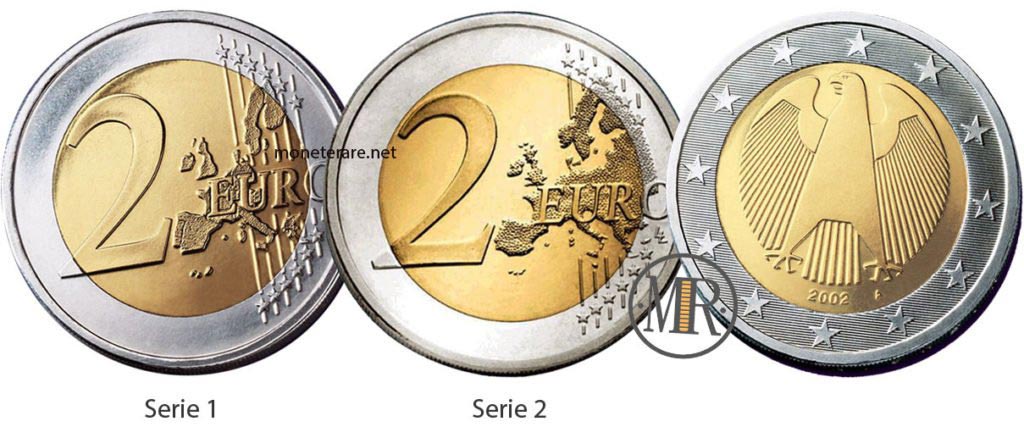
The 2 Euro German Coin is the last bimetallic coin from Germany. You can see all the other commemorative 2 euro coins of germany in this different page.
On the reverse side there is the common face of all the 2 Euro coins of the countries belonging to the European Union. The First Series, from 2002 to 2006, was characterized by the well marked borders between the countries of the Euro zone. Instead, the Second Series, from 2007 onwards, sees the design of the unified countries without dividing borders.
At the obverse, as for 1 German Euro coin, there is represented the Eagle with spread wings.
At the bottom is placed the thousandth of minting with the mint mark (A, D, F, G, J) next to it, relative to the minting site.
On the outside there are 12 five-pointed stars, symbol of the European Union.
Specifications of the 2 Euro German Coins
- Materials: Bimetallic. Outer part: copper-nickel (copper 75% – nickel 25%); inner part: nickel-brass (copper 75% – zinc 20% – nickel 5%).
- Thickness: 2,20 mm
- Weight: 8.5 g
- Diameter: 25.75 mm
- Outline: Finely knurled, containing the inscription “EINIGKEIT UND RECHT FREIHEIT” (concord, justice and freedom) followed by the emblem of the federal eagle, in incuso.
- Engraver: Heinz Hoyer and Sneschana Russewa-Hoyer
Value and Circulation of the 2 Euro German Coin
Do you want to see all the german 2 euro commemorative coins?
- Look up this page: German commemorative 2 euro coins
Do you want to learn more about Euro Coins?
- Two pages you can’t miss: 2 Euro Commemorative Coins and Rare Euro Coins
- The precious Vatican euro coins can be seen here and also the San Marino euro coins
- Here you can see the Malta euro coins and here the Cyprus euro coins.
- Euro coins from Germany can be found here and Euro coins from Estonia and Latvia Euro Coins here.
- Euro coins from France can be found here, as well as Euro coins from Austria.
- Also of great interest are the euro coins from Greece and the euro coins of Luxembourg.
- Here you will find Lithuania Euro coins and Andorra Euro coins
- We also talked about Slovenian Euro coins and Slovakia Euro coins.
- Check also Spanish Euro Coins here and Euro Coins of Portugal here.
- The Netherlands euro coins can be found here and the Ireland euro coins here.
- All precious Monaco Euro coins are here and Belgium Euro coins here


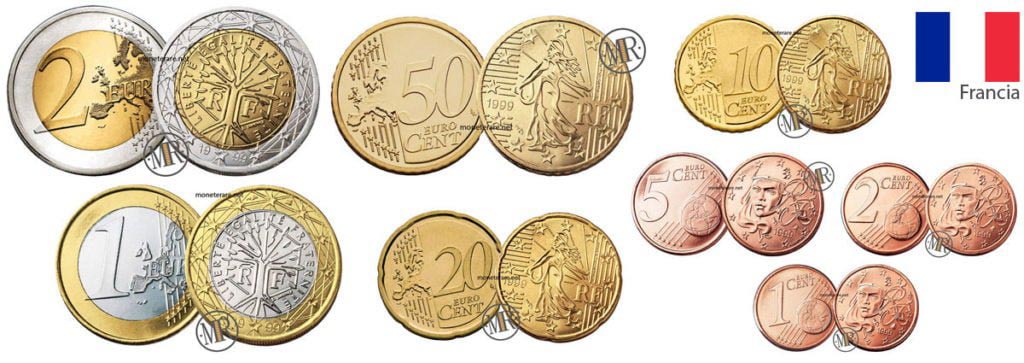
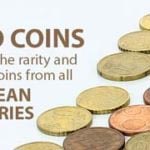

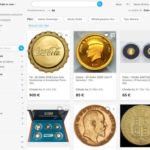
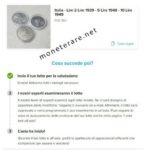
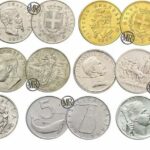
I have a 2002 , 1 euro German coin that has double imprinted stars at both top and bottom. So there is actually 24 stats instead of 12, there’s 2 in each spot one just on top of the other but just to the right of each other so they can be clearly seen.
I was wondering if I’d it would hold any value and where would one sell a coin like this.
Thank you in advance for your help.
Yours Sciencerly
Ian Kirwan